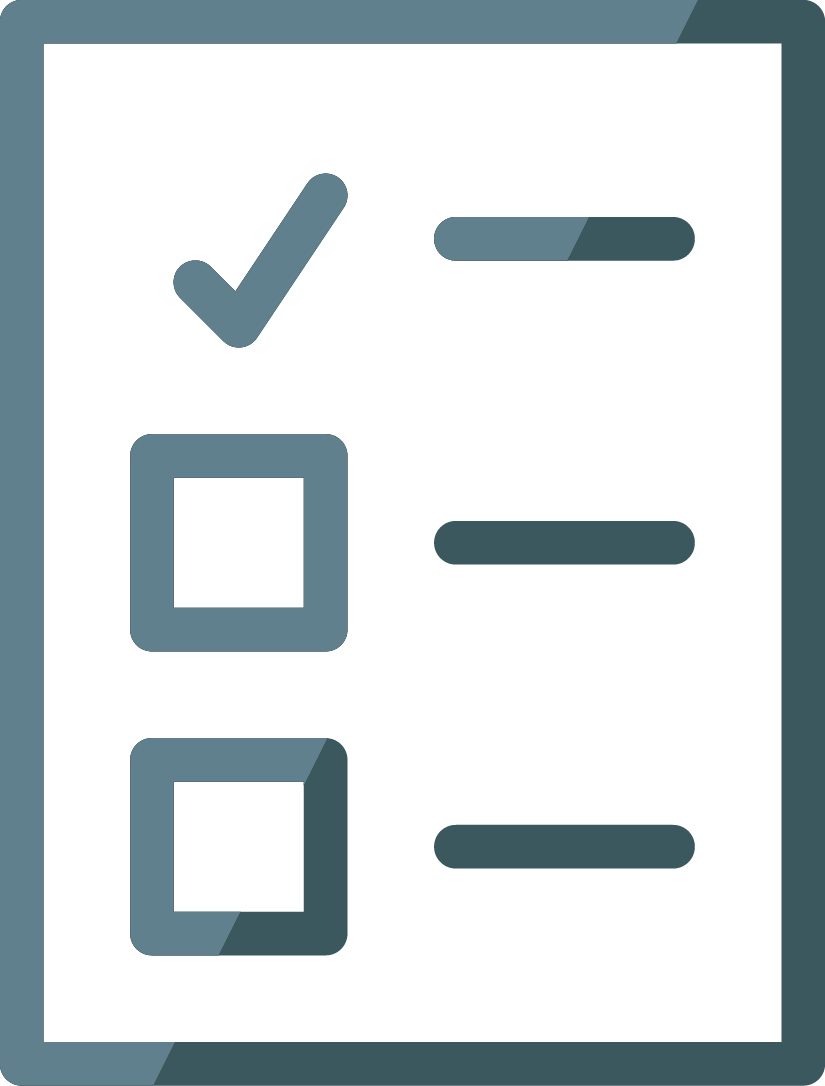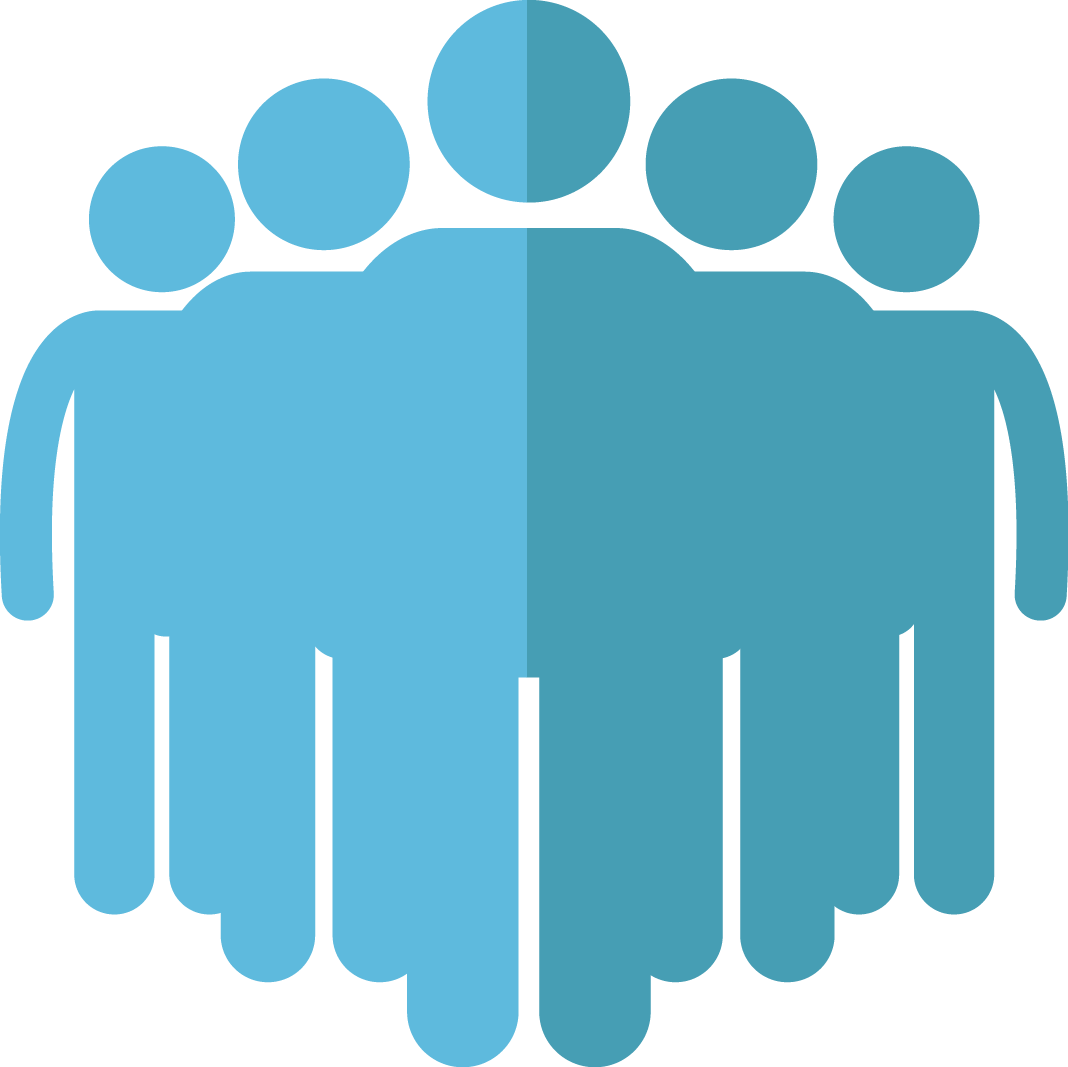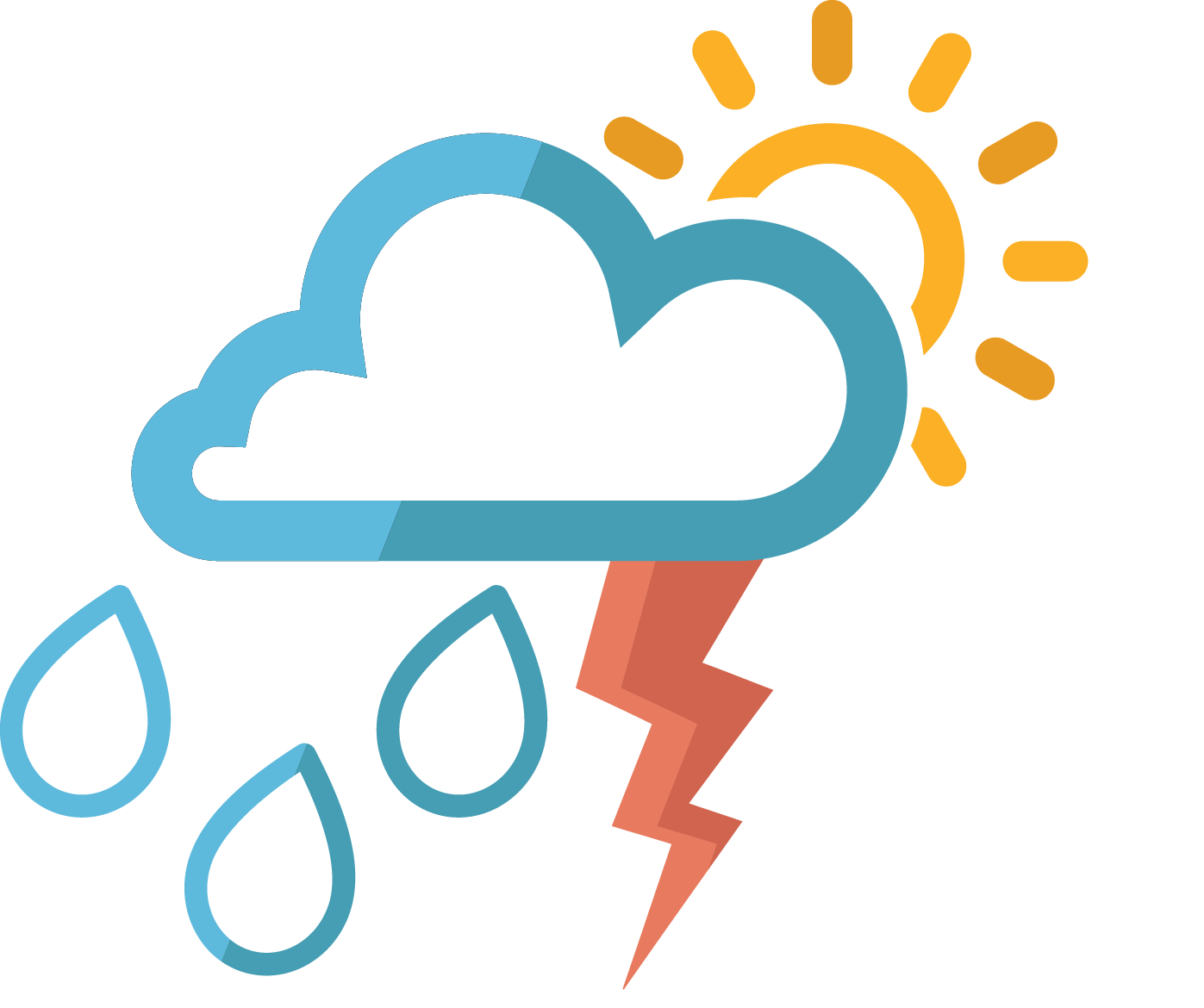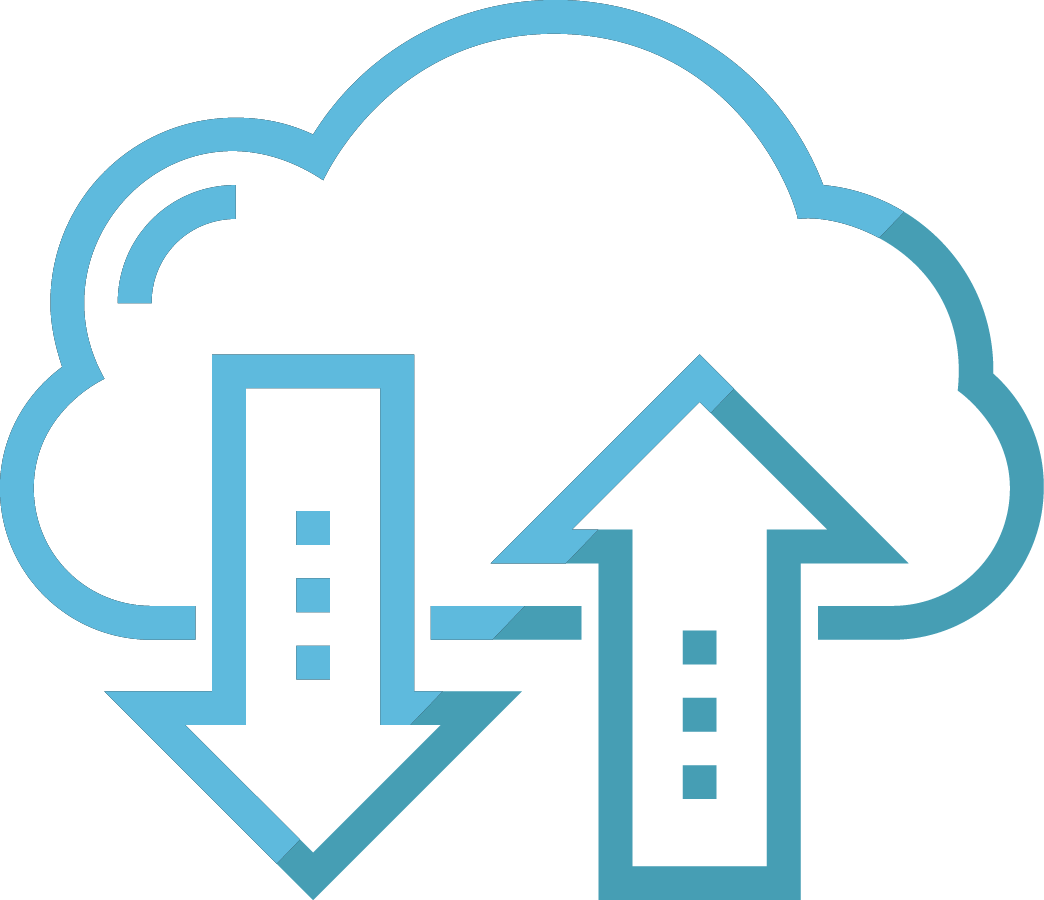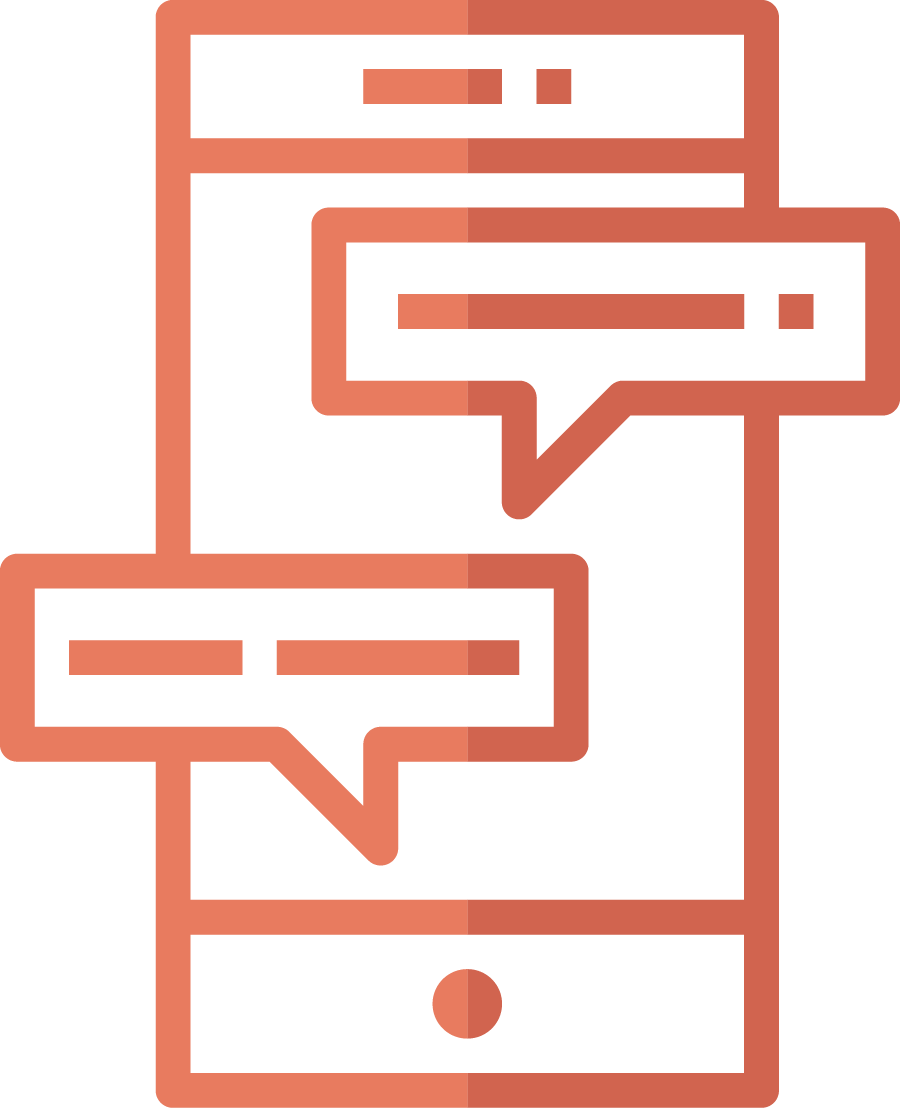Organizational Needs consider the implications of anticipated changes. They identify the ways in which the agency should strengthen or add capabilities to meet future challenges and harness opportunities offered by these changes.
The second component of the ACB framework identifies the organizational implications of the various change forces for transportation agencies. They represent capability gaps to be filled in order to adapt to the new environment. There are six categories of needs:
• Aligning Skills to Needs
• Attracting & Retaining Workforce
• Agility & Resilience
• Technology Adoption
• Transparency
• Operations Focus
Collectively, these needs consider workforce skills and abilities; organizational functions supporting technology adoption, communication, business process modification and change management; and management styles that enable innovation and agility.
Creating a list of specific capability gaps helps to define the future target state for the agency, and is a necessary step for identifying suitable strategies for implementation.
Each of the six categories of Organizational Needs is described in detail in this section.
Adapting to the change forces discussed above will require DOTs to transform their workforces to include a different mix of employee skills and abilities.
Both “hard” and “soft” skills will be needed to handle changes in technology and the shift from capital intensive work to a more operations-centric and multimodal orientation.
• Hard skills include: project, contract, and vendor management; system operations; systems engineering; business process analysis; data analytics and data management; and understanding of federal rules and regulations.
• Soft skills include: collaboration; communication, including cross-generational and cross-cultural communication; adaptability; and conflict management.
General leadership and management skills are key to sustaining morale in the face of change and to managing an increasingly diverse workforce. Hard line management styles of the past will increasingly become a liability, as new staff seek more sympathetic management styles and mentoring relationships.
Aligning skills to needs is not a one-time effort; DOTs need to put in place an ongoing capability to track changing requirements, assess current and likely future gaps, and implement recruiting, staff development and potentially, outsourcing activities to address the gaps.
In the past, government pensions and health benefits were effective tools to attract and retain quality personnel. Those tools are dwindling; what worked in the past will not work in the future. Given the decline of pension benefits, increased competition for specialized skills, and the greater mobility of younger workers, DOTs need to employ new strategies to attract and retain talent.
State DOTs need to find new ways to “brand” themselves as desirable places to work and to promote the benefits of working for a public organization. To find employees with the skills needed for the future, agencies need to reach out in new and different ways, to new and different groups of people. New job descriptions or job categories are needed to find candidates with the appropriate skills, which may require DOTs to work closely with their state human resources/employment agencies to amend existing rules or practices.
Many state DOTs have already learned how to function with fewer staff, and are operating with limited bench strength for key functions. Because staff are less likely to spend their entire career at the DOT, it is vitally important that agencies have processes in place to quickly and effectively recruit and hire new people to fill vacancies.
Agility and resilience are related qualities. Agility means nimbleness and flexibility to adapt to new situations. Resilience is the ability to quickly recover following disruptions.
DOT’s need both of these qualities to respond to each of the change forces. They must be able to secure and deploy resources needed to respond to severe weather events and natural disasters – while continuing to deliver their normal programs and services. They must adapt their workforces to meet changing needs – while operating under tight funding constraints and hiring limitations. They must find ways to better collaborate across traditionally separate functional areas to meet new requirements. They must upgrade older technologies and take advantage of new technologies – while controlling costs, managing risks and minimizing disruption to the organization. They must plan, program and deliver projects while facing uncertainties in the long term funding picture.
While each of these examples is quite different, the common thread is the capability to gracefully adjust to evolving needs. Addressing this need requires multiple ingredients – including a coordinated and responsive leadership team, flexible position descriptions, flexible, task-order contracting vehicles, agile software development disciplines, and organization change management support.
DOTs need to expand their capability to rapidly and cost-effectively adopt new technology to take advantage of opportunities for improved efficiency and decision support.
This takes people with the right skills to both manage and execute technology-related projects, as well as people and processes for making wise technology investment decisions. DOT staff and managers will need the ability to determine whether to adopt the latest technologies based on an understanding of costs, benefits and risks.
Implementing new technology will also require improved collaboration among staff in different parts of the agency to ensure and maintain compatibility across systems and with external contributors or stakeholders.
Finally, it will require careful attention to cybersecurity risks and balancing these risks against delivering business value.
Legislative bodies the public expect public agencies to share information about how they are using taxpayer dollars – and what they are accomplishing. For the DOT, improved transparency can help to build public understanding, trust and support for the DOT’s work.
DOTs need to continue to improve how they communicate with the public, stakeholders and internal staff. They need to share information about how investment decisions are made, and report on the outcomes of those decisions. They also need to respond to the growing number of information requests. Building the capability for transparency requires a combination of leadership, communications expertise and infrastructure, process improvement supporting information sharing and dissemination, and staff training.
As DOTs put more emphasis on system operations and maintenance, they need to shift organization responsibilities and build staff competencies in system operations and supporting technologies. They also need to strengthen their ability to forge partnerships with other state agencies, other transportation agencies and operators, advocacy groups and the private sector.
